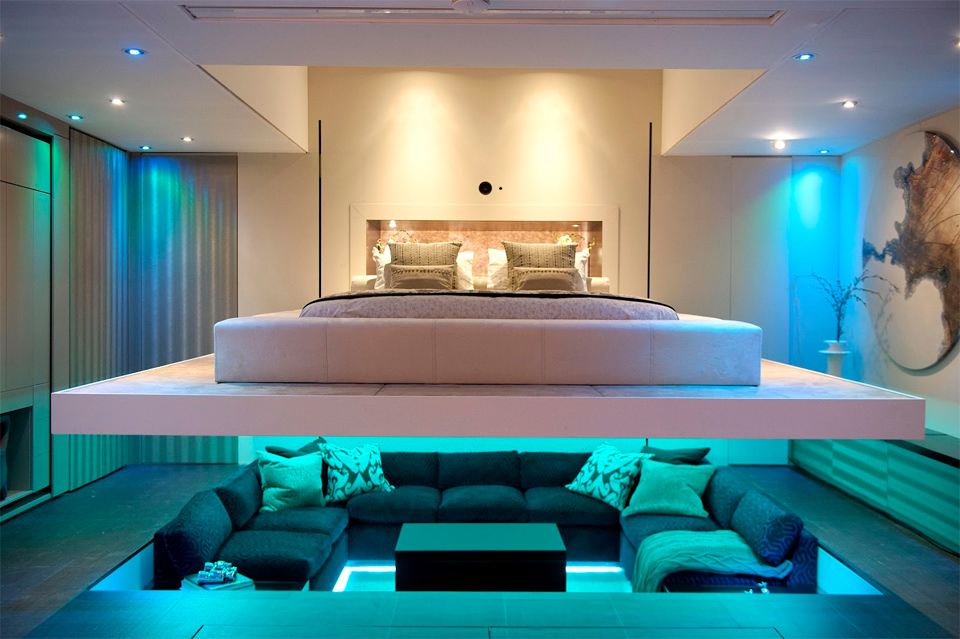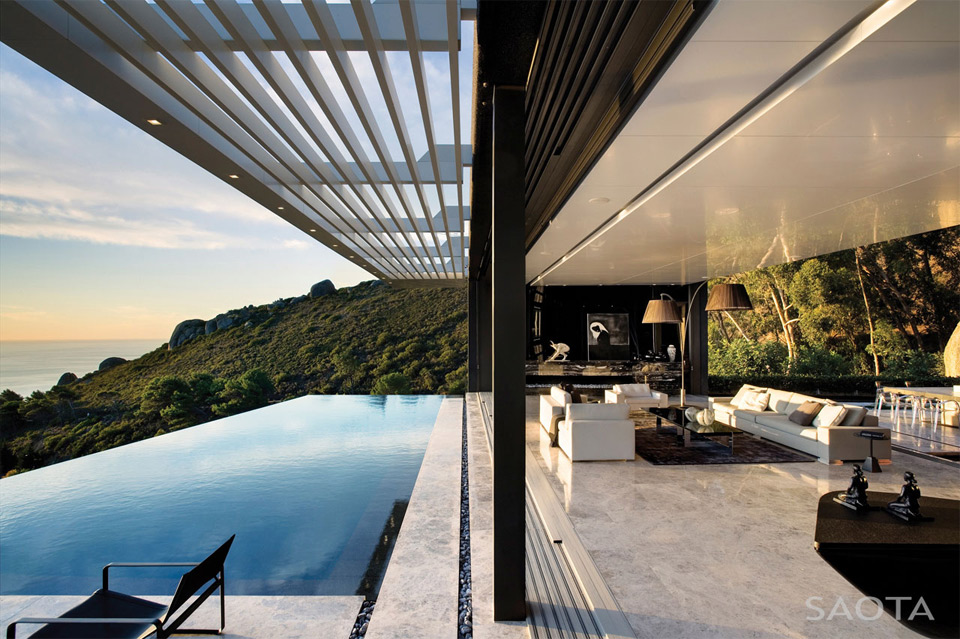The Top Qualities of a Good Real Estate Listing Photo

Selling real estate offline is almost irrelevant these days. More than 90 percent of home buyers head to the internet to research homes before setting up showings. If your home isn’t listed online, it’s likely that more than three-quarters of buyers won’t see it.
Your online listing is most effective when you have great photographs of your home. According to 2018 research on how photography influences home sales from RIS Media, high-quality photography means more than you realize. Listings with great photos sell 32 percent faster than those posted with typical smart phone photos.
Furthermore, it’s important to have many photos. A home with only one photo on the listing sits on the market for almost two and a half months while a home with 20 photos or more is only on the market for a month. And, in homes listed above $200,000, high-quality listing photos lead to a higher selling price—from $3,000 to $11,000 more! It’s abundantly clear that great listing photos are important for selling your home. Now, it’s simply a matter of executing a great photo. Here are some tips to try:
The Right Lighting
“You could argue [lighting] is the most important aspect of a good listing photo,” says an article from the Houston property management company, Green Residential. If you’re a photographer, this is a no-brainer. If you’re new to photography, getting the right lighting will take a little research and preparation.
“Your goal should be to use as much natural lighting as you can, while relying on the camera’s flash as little as possible,” the article continues. “…Natural lighting shows off the room’s best features and eliminates unsightly shadows and reflections.” Taking photos at high noon is ideal for minimizing shadowy light and gaining the best lighting inside the home. In rooms where you cannot get natural light, you can still create a good lighting effect with mirrors, soft lighting, and angles that minimize shadows.
Staging
In a perfect world, a buyer would be able to walk into a home and imagine their belongings and décor beautifully placed throughout the space. However, many buyers are unable to picture the potential of a space without a few things positioned strategically throughout.
If possible, take photos of the property before you’ve moved out of the house. Clean and declutter the home to avoid distracting material. Remove personal photographs and add trendy décor to give it that HGTV look every buyer craves.
If the photos are being taken after you’ve already moved, you might consider having the property staged. Allow a professional to make your beautiful home the object of a buyer’s fantasy. This not only makes a great backdrop for your listing photos, but it also improves a buyer’s opinion as they walk through the home.
According to real estate writer Tyler Zey, “Research has shown the average sale price of a property can be increased by 1-5% simply because home staging tips were implemented before the house hit the market.”
It’ll cost about $2,000 (or more if you have a large home), but it’s not a bad investment if you’re looking to sell the property quickly.

Angles
The lighting and subject matter may be the most important parts of a good listing photo, but the angles are next on the list. You can make a tiny bedroom look spacious or a master bathroom look more inviting simply by shooting it from the right angles.
HGTV writer Shannon Petrie explains that a good angle “provides context and makes the room look more spacious than a tight shot does.” She also talks about showing off as much of the room as possible and using clever angles to disguise something that a buyer might not like.
For example, she suggests, “when photographing your home’s exterior, stand at an angle to the home rather than straight-on, allowing buyers to see the home’s depth. As much as possible, avoid photographing objects that obscure your home, like poles and wires.” Your job is to make a buyer fall in love with the house before they’ve even walked through it. They might notice the flaws as they do a walk-through, but they’re more willing to ignore the negatives if they’ve made an emotional connection with the home through the images first.









